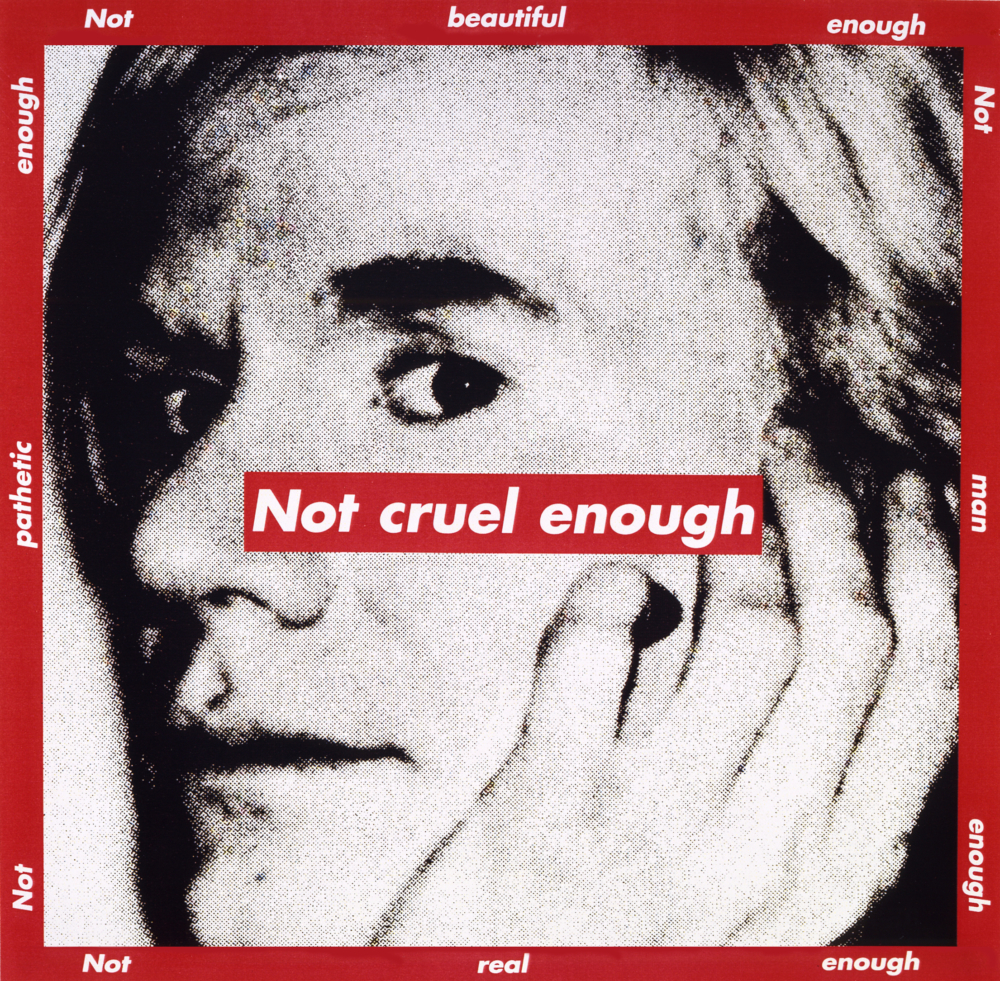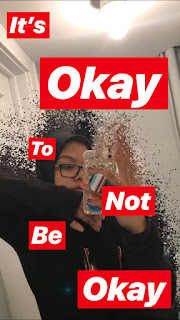Throughout society, many people construct an identity that’ll either have society accept them or was constructed in order for that individual person to accept themselves. Constructing an identity is a way for people to live with comfort within their own skin, and it’s a part of ourselves that is shown to the public eye. Building this identity has many influences which can either be through family, peer’s, culture/race, religion, gender, sexuality, experiences, and media consumption. Within the book titled The Art of Self Invention by author Joanne Finkelstein it quoted “Much of the training for this dual and divided mentality is delivered through popular culture, and... I explore how we have become attuned to the requirements of an invented self-identity that is displayed daily through ordinary activities.” (Finkelstein pg 2) Through this quote Finkelstein states that part of our self-identity comes from the consumption of pop culture, which not only means pop culture with our environment/society but also globally. They also explain that self-identity is also created through the ordinary activities or hobbies that we perform (also going down with how we perform said activities.)The ways people present these identities to the public vary from person to person as they all express or portray themselves in different ways, and based on how that was achieved it could bring and unite them towards others. In an excerpt of The Society of the Spectacle by Guy Debord it quotes “The spectacle was born from the world’s loss of unity, and the immense expansion of the modern spectacle reveals the enormity of this loss...In the spectacle, a part of the world represents itself to the world and is superior to it. The spectacle is simply the common language of this separation. Spectators are linked solely by their one-way relationship to the very center that keeps them isolated from each other. The spectacle thus reunites the separated, but it reunites them only in their separateness.” Throughout this quote it explains the process on how people are connected through what they display (their identity). This unification however is made through one aspect of their identity, which means that not all parts of a person identity would give someone else a reason to connect with them. When visiting the Montclair Art Museum many of the artwork that was presented there illustrated what identity meant to each artist either through painting, photograph, or sculpture. Some particular artworks that stood out to me the most were two sculptures one made by Melvin Edwards titled Mamelodi,1986 and another made by Tom Nussbaum titled Family Totem,2003-4. Melvin’s work is a black sculpture that is made up of various items such as a pair of scissors, a small thick chain, a lock, and etc. His work reflects his familiarity growth in African History as well as using the negative historical components of Black Racism, and turning it into some of the positive aspects that came out from it, such as the chain and lock not only represent slavery but also protection. This work presents these issues through the use of controversy items and the colors used for its sculpture.
Tom’s work is a more lighthearted composition compare to Melvin’s. His work reflects the traditional totem’s used in children camps which helps further the idea that family is not the only thing that influence identity but also community/peers. Those ideas are reflected with how people who are seemed to be in a family are holding each other up, which can present the idea that with others supporting each other it can create a strong foundation for something larger.


Three other works that stood out to me were Never Forget,1999 by Bisa Washington, Rock. Well: Radiant, Pop, Champ, 2010 by Fahamu Pecou, and Vanity Eye (Bathroom Surveillance) from Beauty Knows No Pain, or Body Beautiful,1966-72 by Martha Rosler. Within Bisa’s artwork, they created a large print that consists of 4 profile figures' having an iron mask on with then having a rooster shadows and palm hands placed between each figure. This print created a form of identity by reflecting history and race into a person's mind and trying to bring about positivity to others who faced a similar cultured history of slavery and inhuman murders.
In comparison to Bisa, Fahamu’s piece of art didn’t focus on presenting his identity through an historical context but more about the people who inspire us to be better; not only as a person but also through our careers as well as people who changed our views towards any general topic. That idea is reflected in his work through him referencing his work to Norman’s Rockwell’s Triple Self-Portrait as well as including a self-portrait of his inspirations on the top left corner of his painting.
The last piece is a photomontage made by Martha which she presents a piece of a photomontage using magazine advertisements to make a statement about women in society and domestic consumption. This helps create an identity through the reason of gender/sex, which comments that depending on your gender you will be treated/reacted a certain way in society. Due to these thoughts people can so often change their gender by either being their opposing gender or being nonbinary.








































